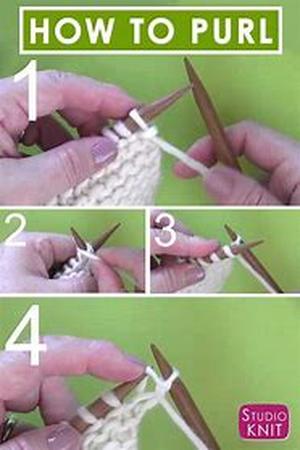
Buying And Collecting Art Intelligently Can Be Done Byanyone. That's Right, Anyone. You Do Not Need To Haveexperience In Collecting Art, Previous Knowledge Aboutthe Art Business, Or Even A Degree In Art History. Thetruth Is, All Youll Need Is Love For And Appreciationof Fine Art; Plus A Yearning To Collect; Lastly,willingness To Learn A Some Simple Techniques Thatwould Help You Evaluate Any Kind Of Art Work Comingfrom Any Period Of History, Whomever The Artist Is Andwhatever His Or Her Nationality Is.Anything GoesAlthough You Might Read Some Specific Suggestions Andrecommendations Describing Specific Works Of Art, Youshould Take Note That There Is Really No Right Orwrong Kind Of Art And That Theres No Right Or Wrongmethod To Collect Or Buy Art.Everyone Has The Freedom To Collect Whatever It Isthat They Feel Like Collecting And Buy Whatever Piecesthey Feel Like Buying. It Doesnt Really Matterwhenever And Wherever You Feel Like Purchasing Art,for Whatever Reason, And For How Much You Feel Likespending On The Purchase. As A Result, The Followingtips Are Not For Everyone, But Are Typically Designedfor Those Who Want To Spend Their Money Wisely Onworth It Pieces.If You Happen To Be One Of Those People, Then Here Aresome Tips On How You Can Be A Better Art Collector.Four Way Questions On Buying ArtIf The Time Comes That You See A Piece That You Want,whether It Be A Painting, Sculpture Or A Print, Thereare Generally Four Questions That You Should Askyourself To Start Your Decision Making.Whos The Artist?To Answer This, You Have 2 Reliable Sources: Spokenand Written Information. Spoken Info Usually Comesfrom The Artist Himself, Gallery Exhibiting The Pieceor The Dealer. It Can Also Com From Other Collectors,friends, Family, And Other People That Are Familiarabout The Art Or The Artist Being Considered. On Theother Hand, Written Info Could Come In A Number Offorms Like Artist Career Resumes, Gallery Exhibitcatalogues, Art Reference Books And Exhibitionreviews. How Important Is It?This Could Be Answered By Simply Looking At As Manypossible Pieces Done By The Artist. Try To Be Familiarwith The Range Of The Artists Art And See Where Thatparticular Piece Falls. You Can Start By Asking Theseller To Show You A Number Of Pieces Done By Theartist, Whether Original, In Print, Or In Photographs.Also Try To See Works From All Periods Of The Artistscareer; Doing This Can Teach You A Lot About Theartwork And The Artist At Hand.Where Has It Been?Third, Its Also Important To Know Where Thatparticular Piece Of Art Has Been. This Is Done Byaccumulating All Incidental Information About Thepiece. Its Similar To Making A Biography Of Thepiece, From Its Birth, Which Is The Artistscompletion Of It, Up Until The Present Day.This Can Be Helpful Since Good Provenance Anddocumentation Can Increase An Artworks Desirability,collectability, And Market Value. Having A Goodprovenance In The Art World Is Analogous To Havinggood Pedigree In The Pet World. For Example, If Apainting Was Exhibited At A Notable And Important Artshow, Then It Is More Collectible Than A Similarpainting That Wasn't; Just The Same With Awards Andprizes.Is The Price Fair?For This Question, It Doesnt Really Matter What Thepieces Value May Be In The Future, Since Nobody Canreally Answer That. What You Should Want To Know Iswhether The Piece Is Fairly Priced Today Or Not. Thisis A Very Important Question, Because Just Like Otherservices Or Goods, Art Can Sometimes Come Overpriced.





